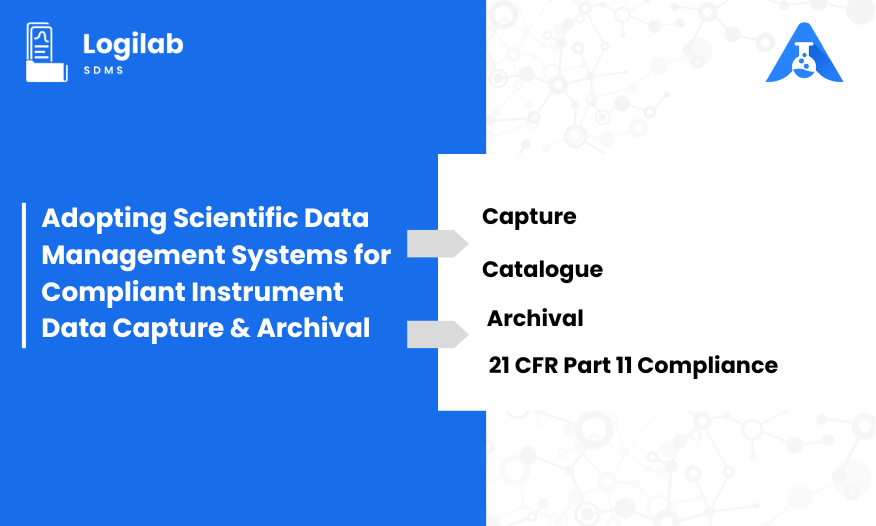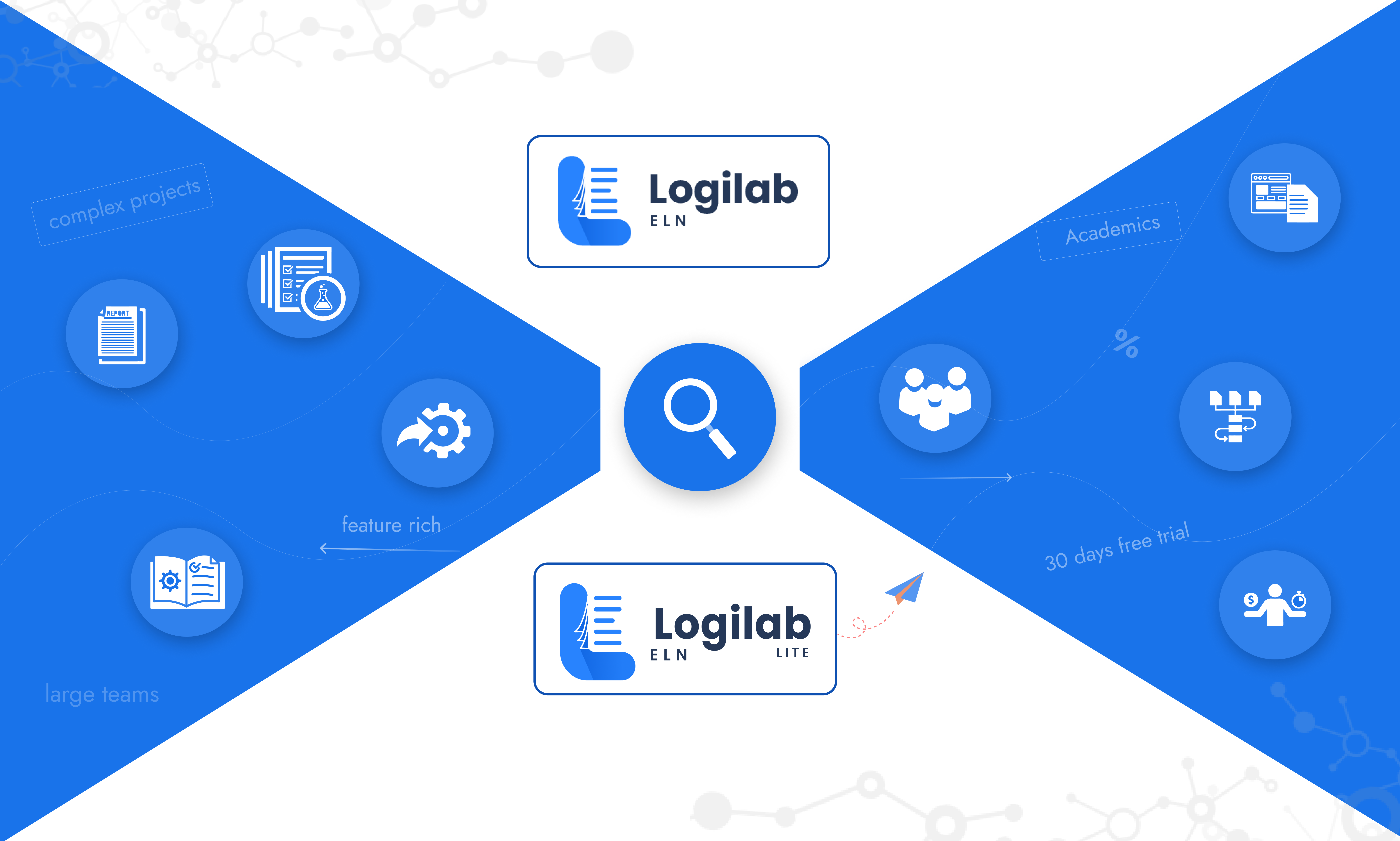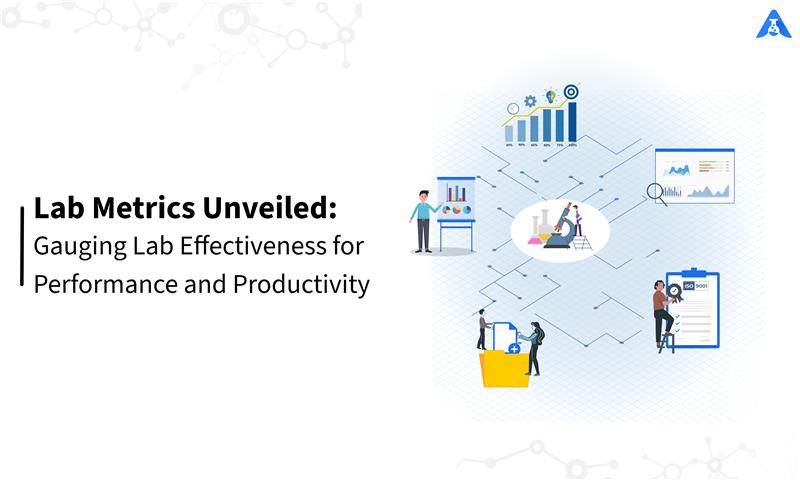Would you like to handle your laboratory data more efficiently and with better results? You need to implement a solid SDMS layer.
What is an SDMS?
SDMS stands for “scientific data management system”. The software is mostly used for document management. It helps you capture, catalog, and archive data. This data is generated by laboratory instruments such as HPLC and mass spectrometry and applications such as LIMS, analytical applications, and electronic laboratory notebooks.
How is an SDMS different from a LIMS? Both, after all, handle information.
One of the biggest attributes of a LIMS is that it processes structured or homogenous data but an SDMS can also handle unstructured and heterogeneous data. SDMS is a data repository into which a LIMS can be integrated. It can help you collect all the records generated by the various laboratory instruments when performing analysis. Most of the process of data collection and storage is automated with the help of an SDMS and paperwork is drastically reduced.
Since an SDMS can read data from a wide variety of instruments, it can maintain file type compatibility by transforming all heterogeneous formats into standard file formats such as PDFs, word processors, plain text, and spreadsheets. Since all the file records are preserved in a compatible format, processing and analyzing information can be speeded up. It also becomes easier to complex parsing functions on the data. Composing documentation can be done by combining different formats.
What is the role of an SDMS?
Data archiving
Accurate capturing and archiving of data in real-time is highly important for your laboratory. Instruments and equipment generate data with great speed and this data may be generated in multiple formats. A capable SDMS software can capture and archive data and save it, preferably in XML format that can be accessed by all mainstream applications and data readers. Such archived files can be quickly recovered and accessed by laboratory technicians. These files can also be used for complex analysis and reporting and graph generation. Another benefit is that this archived data can be transferred to any mainstream system with great ease.
Optimization of work processes
With accurate capturing and archiving of data in a compatible format, it becomes easier to create automated workflows, optimizing them in the process. Most of the data handling and processing tasks can be automated, thereby eliminating human error. Since data can be accessed and archived across the systems, there is less chance of mixing up information or losing it due to some human error. Since heterogeneous records or data can be converted into a singular format, this reduces data redundancy and fewer files or records need to be maintained. Systemwide interlinking can be implemented to access reference data within microseconds. Data can be quickly transferred whether the laboratory functions within the same facility or across multiple countries. This optimization of work processes improves the overall productivity of your lab.
Data migration
As mentioned above, most of the heterogeneous data can be saved in a uniform file format. The importance of a uniform standard format is that the data captured by it is accessible through all mainstream data handling and document processing applications. For example, XML format can be accessed by word processors, database management systems, spreadsheets, and even some apps used for optical character recognition. This makes migrating data easier. When different sections of the laboratory are exchanging data, they don’t need to worry about whether the data will be open to examination by another party or not. Almost all the applications can access the data and use it for analysis and report generation.
Across-the-board compliance
A solidly defined compliance program ensures that your laboratory complies with the standards not just for the sake of legality but also for research and data integrity. It gives you an opportunity to show your level of commitment to promoting ethical conduct within your lab environment. You also need compliance because for legitimate work your laboratory needs to acquire multiple certifications. Without these certifications, your work will not be recognized by competent authorities and influencers within your field.
Compliance conditions can be inbuilt into an SDMS. Your processes won’t move forward unless your lab technicians and researchers meet compliance conditions. Once embedded into your processes and systems, compliances ensure that data cannot be stored or analyzed unless those conditions are met. Left to humans, such compliances can be prone to error but there is a zero possibility of error if you leave it up to your SDMS to take care of compliances.
Automation and moving towards a paperless environment
Automation at its fundamental level means using technology to replace human intervention in high volume, repetitive and time-consuming activities. You shift the responsibility of completing certain activities from humans to machines. Once established, automation can help your employees save a tremendous amount of time. It cuts paperwork. It can reduce your costs as more work can be achieved with less effort and fewer hours. These factors lead to increased productivity. Automation minimizes errors and makes your processes more efficient. Standardized processes ensure compliance no matter how complex the conditions of compliance are. The best part is it makes your data cross-compatible and when implemented through a scientific data management system, it enables your employees to capture data in multiple formats and then save and archive it in a single, universal format such as XML, PDF, etc.
Conclusion
The overwhelming benefit of implementing an SDMS is that it streamlines capturing, archiving, and processing of information within your laboratory. Multiple formats can be captured using an SDMS and then stored using a single format. Automation can be implemented wherever repetitive tasks are required and human intervention can be eliminated. You can increase your productivity tremendously by implementing an SDMS within your laboratory.





